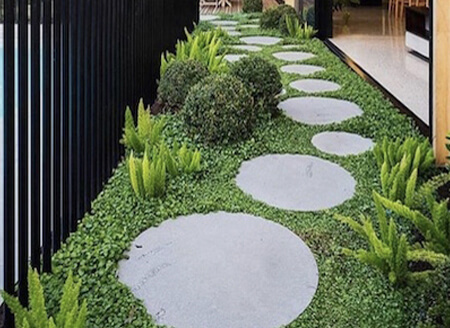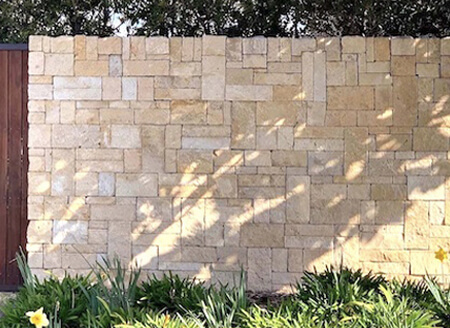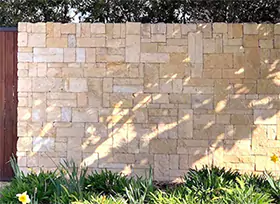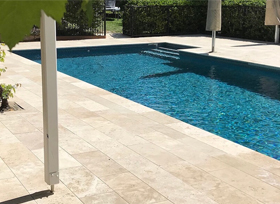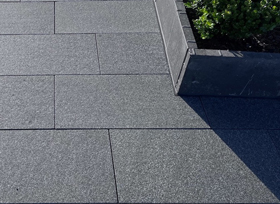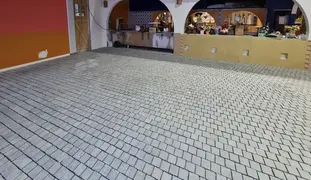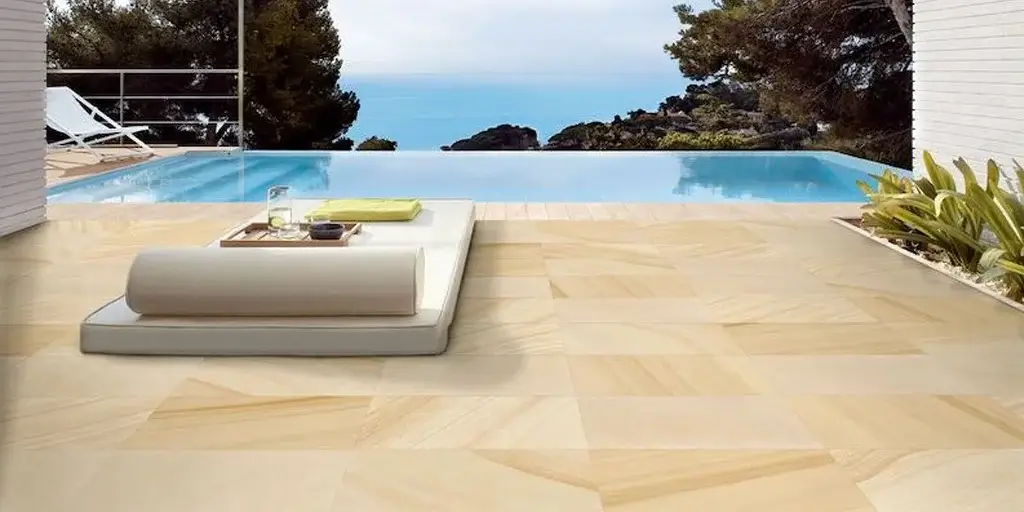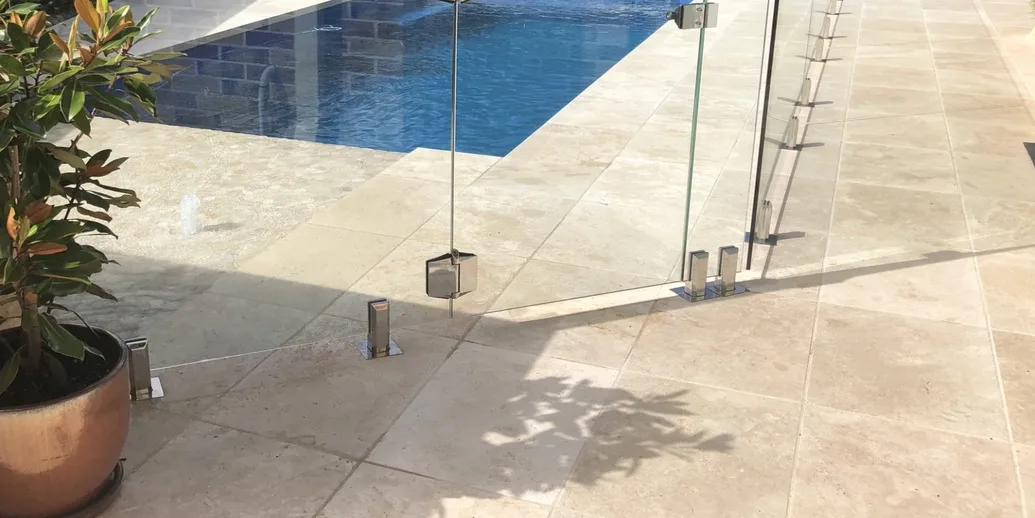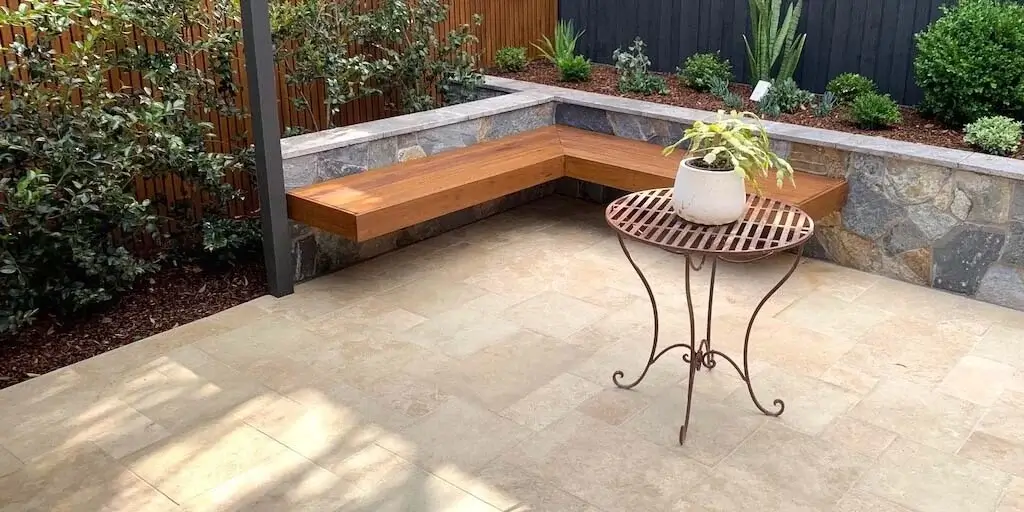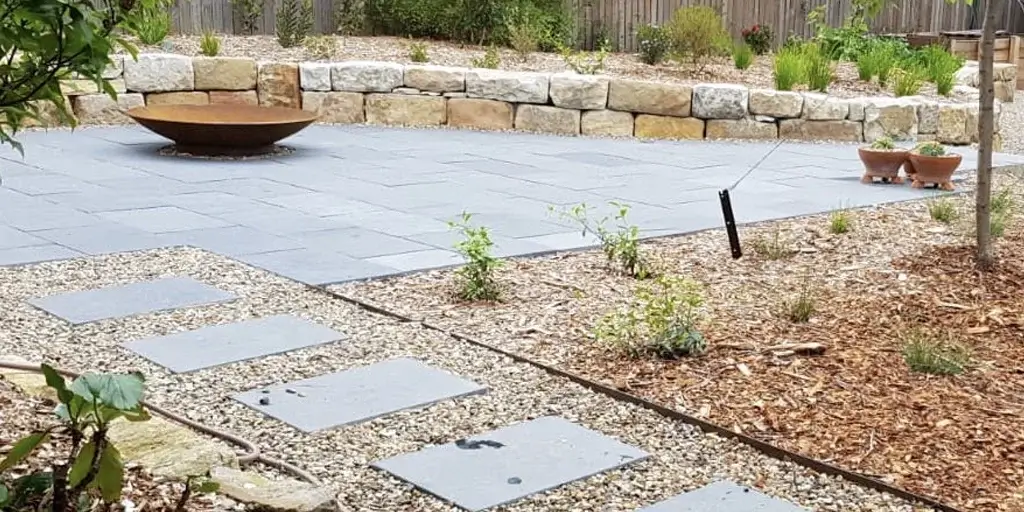During home improvement or while designing a new space, there are a lot of factors to consider while picking natural stones. There are several types of stones for construction jobs and the most common and popular ones are Granite and Travertine.
In case you are looking for a stone that gives a vintage look to your space and holds up in high-traffic areas, Travertine is the one for you. The rustic-looking stone gives an immense sense of pride to residents. At the same time, if you need a stone that is aesthetically pleasing but extremely robust, withstands weather extremities, and wear & tear, Granite is the answer. Granite is among the hardest and most durable natural stones and stays intact for years.
So how do you choose between the two stones? Here are a few points of difference that will help you understand the stones better:
The Origin
Granite is a natural igneous rock that takes hundreds and thousands of years to form. This stone forms in underground volcano chambers through a crystallization process of magma. The most common components of Granite quartz and feldspar along with small amounts of minerals.
On the other hand, Travertine is a type of Limestone under the category of a sedimentary stone. Limestone is formed by mineral deposits found in hot springs. These mineral deposits create rock structures called stalactites and this is where Travertine comes from.
The Difference in Appearance
Both the stones look elegant and create sophisticated builds. You can figure out the difference by looking at them closely. Travertine tiles and pavers often has a natural appearance and only comes in neutral tones such as white, tan, brown, and cream. They are most known for their veined patterns that run across the surface. These patterns create long streaks and consistent colour, quite the character of Travertine.
Granite seldom has patterns or any veins on its surface. There is less colour variation on the stone. Yet Granite comes in a wider variety of shades and styles than Travertine.
The Contrast in Durability
Granite pavers and tiles are among the toughest natural stones. Since this stone is said to be the hardest (after diamond), it has higher durability. No doubt Granite paving is preferred in high traffic areas, walkways, and driveways. As long as Granite is sealed, the stone's colour and sheen remain intact even in the face of extreme weather. Granite cobblestones, Granite walkways, or Granite copings can last several decades with minimal maintenance.
On the other hand, Travertine is not as durable as Granite. This doesn't mean Travertine isn't robust or won't last long. Travertine pavers are great for low-traffic areas or residential use. However, when compared to Granite, the durability of Travertine is lesser. Since the latter is a sedimentary stone type and a pre-stage of Limestone, the calcite content in the stone makes it resilient enough to bear weather extremities and wear & tear. Yet it is not as sturdy as Granite, and we do not recommend it for outdoor or commercial usage.
Maintenance Needs
Granite pavers and tiles are resistant to scratches and heat. Their durability and robustness make them appropriate for high-traffic areas. Granite is tougher than Travertine and requires less maintenance. Travertine is fragile and requires frequent maintenance. It has to be sealed often to preserve its beautiful appearance. If installed in wet places, Travertine pavers and tiles need more care and timely sealing. Besides frequent sealing, spills should be cleaned immediately to avoid staining.
Different Applications
Granite is a multipurpose stone. Its durability and beautiful aesthetics make it perfect for residential and commercial use. From outdoor patio, driveway, and walkway to indoor flooring, backsplashes, and countertops, Granite pavers and tiles are an excellent choice.
The counterpart Travertine is perfect for low-traffic areas, usually in residential properties. It is highly recommended for indoor flooring, backsplashes, pool copings, bath surrounds, and walling. Some homeowners also use Travertine as countertops, but they must exercise caution since the stone is susceptible to stain damage from chemicals and harsh spills.
Conclusion- Which is the best stone to pick?
Analyzing the differences and properties of both stones, which one to pick for your property completely depends on you. If luxurious aesthetics and streaks on natural stones appeal to you, go for Travertine. If solid colours with a robust build attract you, Granite is the stone. Additionally, you can use the stones in a combination as they complement each other very well. For instance, you can use Travertine tiles for the kitchen floor and Granite slabs on countertops or backsplash. Your walkway or driveway can be Granite pavers or cobblestones while your walling can be Travertine tiles. Using the stones together will add more value and appeal to your property.
*Disclaimer: All information and advice given above in the blog are to the best of our knowledge. Please reconfirm at your end before execution.







